Are the Swiss too strict about the Dublin accords?
Switzerland sends most asylum seekers back to neighbouring Italy, though they never registered there. A data analysis by swissinfo.ch shows Switzerland’s strict application of the Dublin accords. The regulationsExternal link establish asylum procedures among 32 European states.
“The smugglers told me, ‘If you don’t get fingerprinted in Italy, you can continue to the north.’ I wanted to go to Switzerland because my brother lives there with his family,” says Semere*, a refugee from Eritrea who is 20 years old.
“So I ran off as soon as I landed in Sicily. I took the train to Chiasso and applied for asylum. I thought I had done ‘everything right’. Instead, the authorities told me a few months later that I had to return to Italy.”
Eurodac allows EU and EFTA countries to identify asylum seekers. The migration authorities can use fingerprints to determine whether a foreign person has already applied for asylum in another member country of the Dublin accords or has illegally entered one of these countries. The system, the first of its kind, and has been operating since 2003 in more than 30 European countries.
Semere’s is not an isolated case: every year Switzerland sends thousands of immigrants back to Italy. This is nothing new. The Dublin accords call for asylum seekers to be handled by the first European country where they arrive or land. Geographically, this is most often Italy and Greece.
What is surprising is that the vast majority of the cases Switzerland wanted to refer to Italy were immigrants who were never registered there. In other words, their fingerprints were missing from the European database EurodacExternal link.
Switzerland’s strategy in recent years is unique, at least to this extent. The following graphic shows that in 2014 less than 30% of the Swiss transfer requests were based on Eurodac data. This compares with 70% for countries like Austria and Germany.
Legal, but little solidarity
Switzerland appears to have tightened its policy since 2012, after the Arab Spring brought a large wave of immigration to Italy from North Africa and the Middle East. At that time, the Italian authorities were accused of not registering the refugees, which simplified their journey north.
When questioned on this development, the State Secretariat for Migration (SEM) would only say: “Switzerland is consistently applying the Dublin standard.”
And in this respect, no directive was given. When there was data missing about a person at Eurodac, the authorities could rely on other “coherent, verifiable and sufficiently detailed” evidence, the SEM added.
The Dublin accords actually allow an immigrant to be transferred to another country, even if he or she was not registered. However, the affected country must prove that the asylum seeker was there, for example, with a train ticket, receipts or the asylum seeker’s own statement.
Etienne Piguet, a geography professor at the University of Neuchâtel, is not surprised by the Swiss strategy but by the extent of it. “It proves the gaps between Dublin and the lack of solidarity between the countries of Europe.”
Denise Graf, a lawyer with Amnesty International, criticises the Swiss policy. She said the country uses Dublin as a deterrent, particularly against certain groups of immigrants, such as Eritreans.
Several non-governmental organisations contacted by swissinfo.ch confirmed that they were regularly confronted with cases of people who were not registered. The NGOs said they were surprised at the situation but could not do anything to counter Switzerland’s intransigence.
Switzerland is known around Europe for its rigorous application of the Dublin accords, and often benefits from them. In recent years, it has had the second highest number in Europe of immigrants transferred to another country, after Germany. But Germany received over one million asylum applications in 2015, which is 25 times more than Switzerland (about 40,000). The ratio of the population between the two countries is 10-1 (80 million in Germany, eight million in Switzerland).
No fingerprints?
So how has Italy reacted to the Swiss strategy? Officially there is no clear answer. But the statistics show a possible interrelationship: the negative assessments from Italy have risen sharply, in line with those Swiss requests for handling, which are not based on Eurodac data.
When fingerprints are missing, Rome is probably of the opinion that Bern has not collected sufficient evidence to justify its veto on a transfer.
Switzerland is ‘the winner’
However, even if Italy rejects numerous applications to be revised in the first instance, Switzerland is still among the countries with the highest numbers of effectively executed migrant transitions.
The reason is simple: overloaded with inquiries, Rome often “forgets” to react to Bern’s complaints, and so gives almost quasi-assenting consent.
Increasingly unattractive
Whether voluntarily deterrent or not, the rigorous application of Dublin definitely has an effect.
While Switzerland was one of the most popular asylum countries for many years, it is now considered a transit country on the journey to northern Europe.
“The migrants know that Switzerland is applying the Dublin accords consistently,” SEM’s state secretary, Mario Gattiker, told La Liberté newspaper.
In Switzerland, the number of asylum seekers last year fell by 31% to 27,207 due to the closure of the Balkan route from Turkey/Greece to Austria.
Moreover, the creation of so-called hotspots in Italy meant that almost all of the immigrants that landed or arrived last year were registered. According to Gattiker, it was 90%, sharply up from 15% the year before.
For refugees, it is therefore even more difficult to prevent their transfer, at least from those countries that are strictly interpreting the Dublin rules.
This is why a record-high number of asylum seekers (about 8,000) last year left Swiss refugee centres probably to move on to neighbouring France or Germany.
For Switzerland, on the other hand, the Dublin-based transfers have become even simpler: in 2016, there were 3,570 such persons, while in 2015 there were 2,461.
As for Semere, he was transferred to Italy in spring 2015, where he still awaits an answer to his asylum request.
*Name changed for protection
Translated by John Heilprin

In compliance with the JTI standards
More: SWI swissinfo.ch certified by the Journalism Trust Initiative


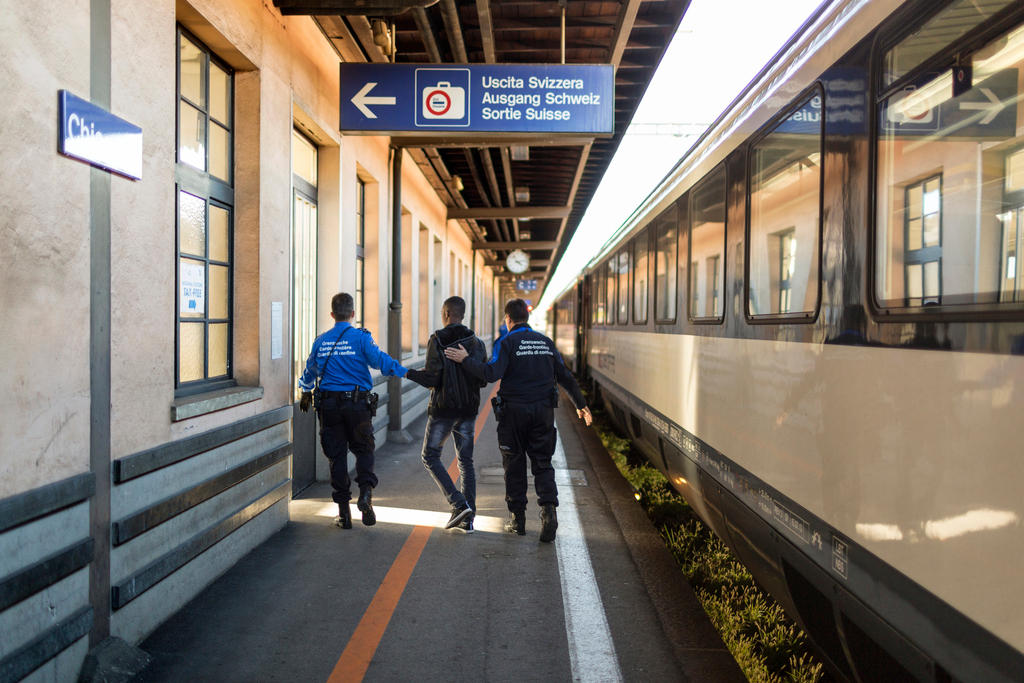
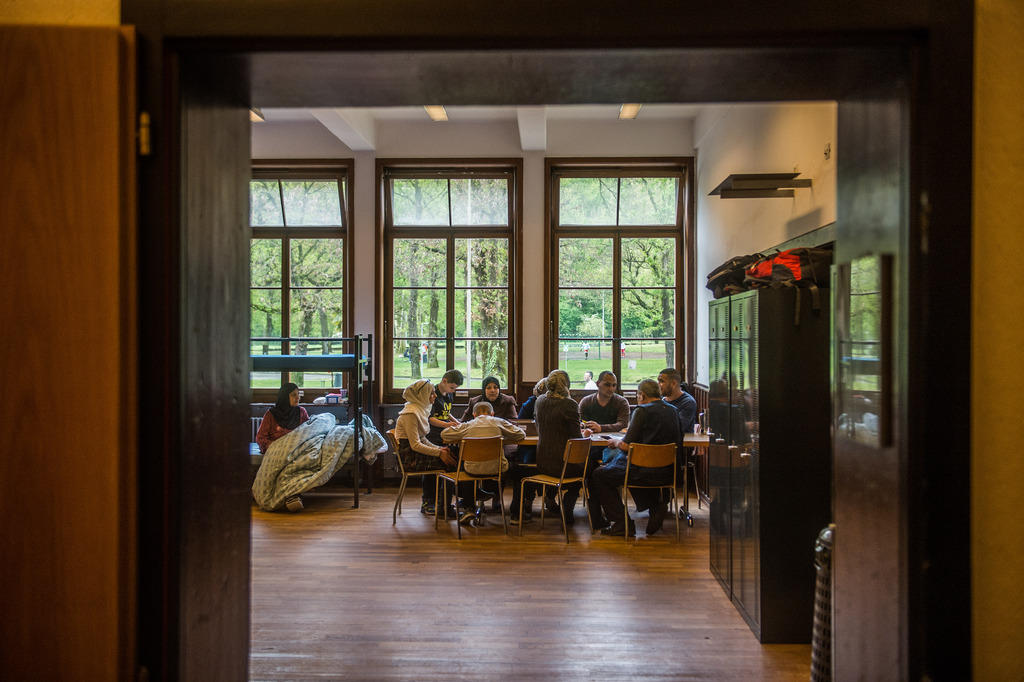

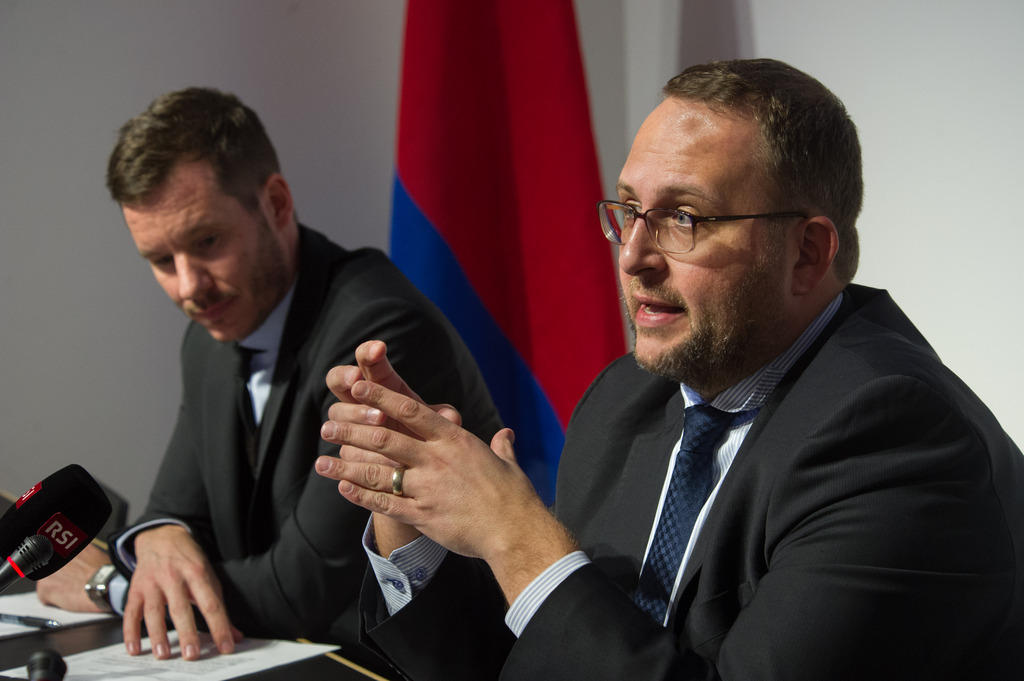
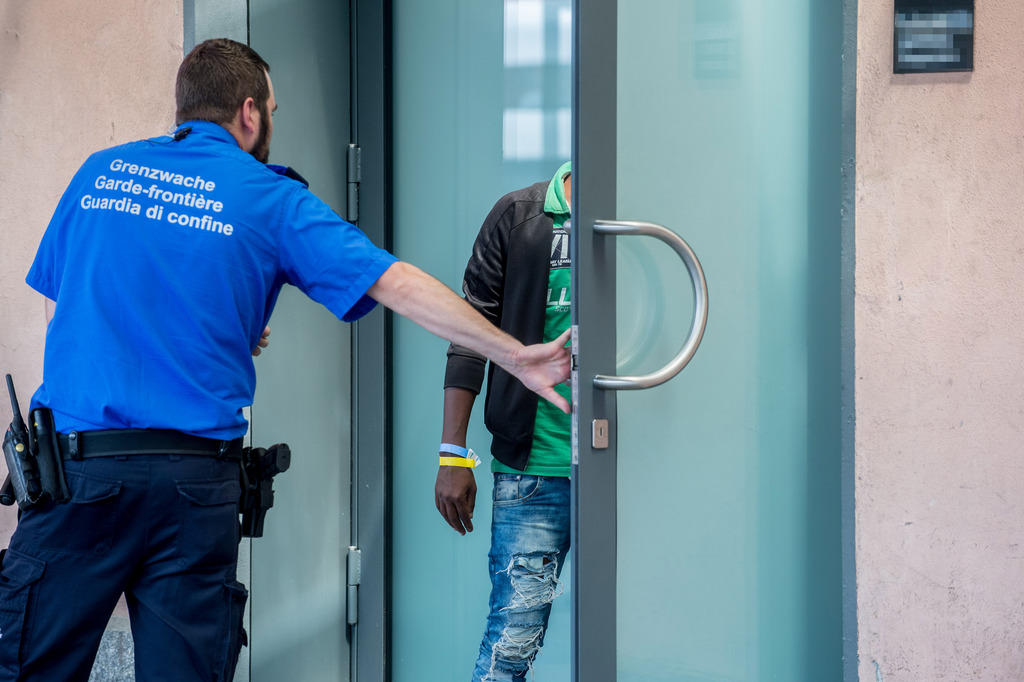
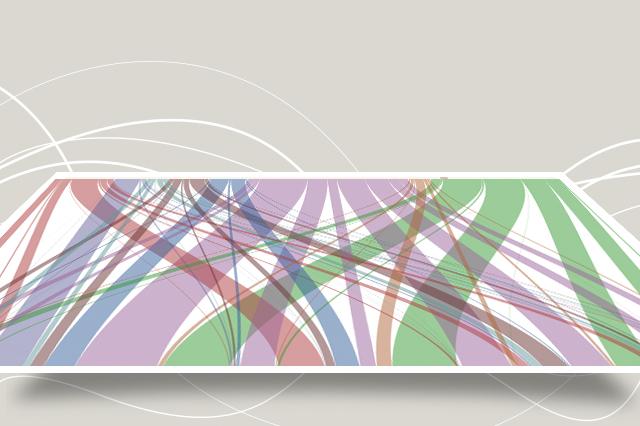
You can find an overview of ongoing debates with our journalists here. Please join us!
If you want to start a conversation about a topic raised in this article or want to report factual errors, email us at english@swissinfo.ch.